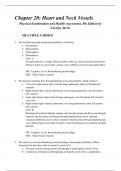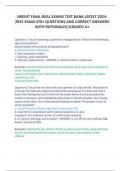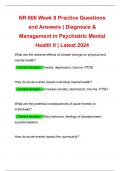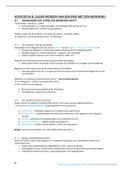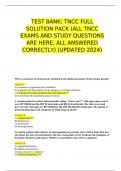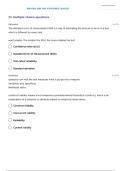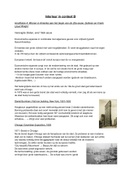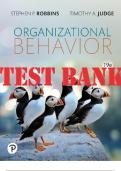Tentamen (uitwerkingen)
Chapter 20: Heart and Neck Vessels Physical Examination and Health Assessment, 8th Edition by Carolyn Jarvis
- Instelling
- Physical Examination And Health Assessment
Physical Examination and Health Assessment, 8th Edition by Carolyn Jarvis MULTIPLE CHOICE 1. The sac that surrounds and protects theheart is called the: a. Pericardium. b. Myocardium. c. Endocardium. d. Pleuralspace. ANS: A The pericardium is a tough, fibrous double-walled sac t...
[Meer zien]
